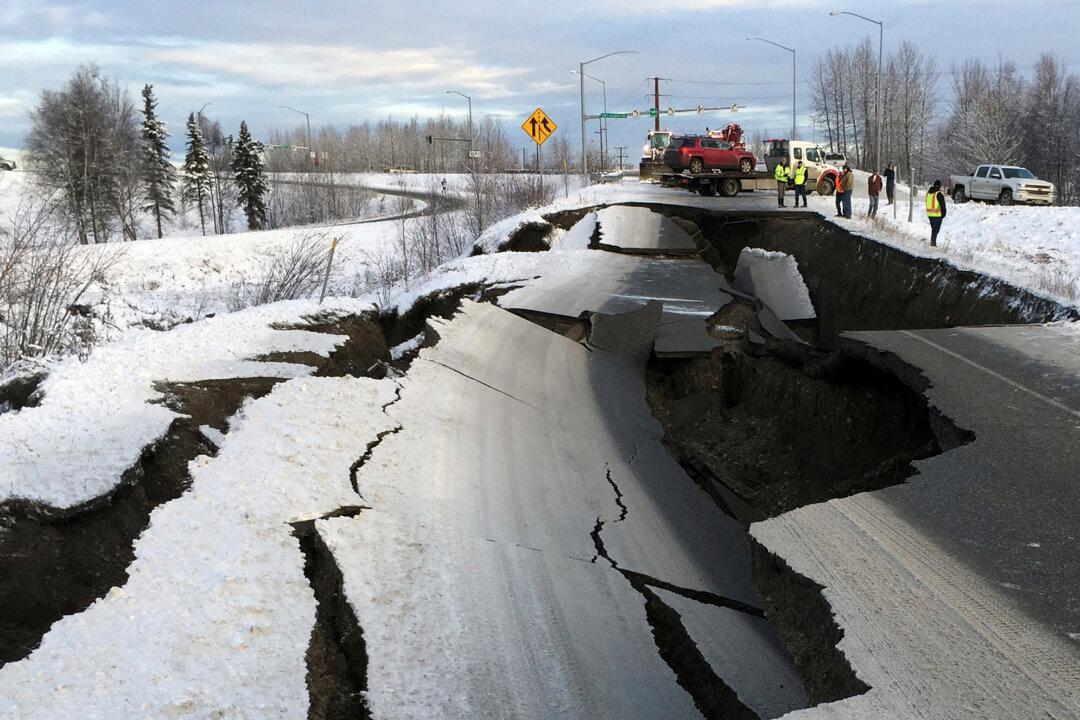A magnitude 5.0 aftershock struck the Anchorage capitol area on the morning of New Year’s Eve—and ushered in two days filled with many more tremors.
That 5.0 was the strongest aftershock since the Nov. 30 quake.


A magnitude 5.0 aftershock struck the Anchorage capitol area on the morning of New Year’s Eve—and ushered in two days filled with many more tremors.
That 5.0 was the strongest aftershock since the Nov. 30 quake.